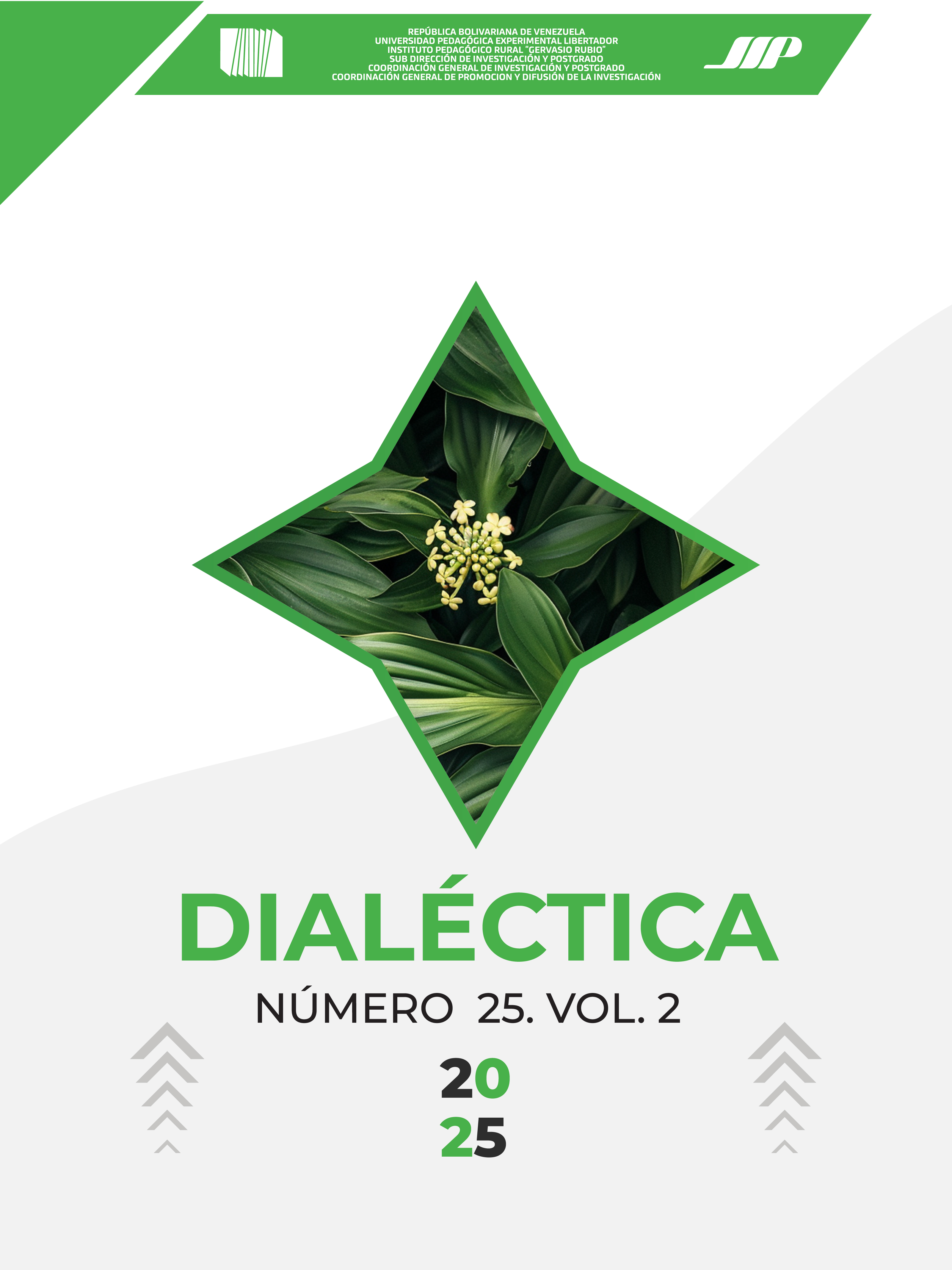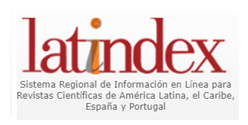THE TRANSFORMATION OF ENGLISH LANGUAGE TEACHING THROUGH THE INTEGRATION OF DIGITAL INNOVATIONS
DOI:
https://doi.org/10.56219/dialctica.v2i25.4027Keywords:
Digital innovation, digital learning, educational challenges, educational technology, English language teachingAbstract
The integration of digital innovations in English language teaching has transformed traditional educational methods, offering new opportunities and challenges. This essay critically evaluates this transformation by exploring the effectiveness of digital
innovations and the obstacles they face in the contemporary educational context. The theoretical framework defines the concept of digital innovations, their relevance in modern education, and examines previous studies on their impact. Learning theories such as constructivism and connectivism are discussed, and traditional and new methods supported by digital innovations are reviewed, highlighting benefits such as accessibility, flexibility, personalization, and improved student motivation.
The essay includes an empirical evaluation of the effectiveness of digital innovations in improving language skills, analyzing tools such as software, mobile applications, online platforms, and multimedia resources. It also identifies challenges in integration, such as technological infrastructure, teacher training, and security and privacy concerns. Case studies of institutions that have successfully integrated digital innovations are presented. The essay concludes with reflections on future trends and recommendations for continuous improvement in educational practice.
Downloads
References
Anderson, T. (2019). Challenges and opportunities for the academic profession in the digital age. In P. Scott, J. Gallacher, & G. Parry (Eds.), Higher Education Re-formed (pp. 116-127). Routledge.
British Council. (2020). Informe del Proyecto "Conectando Saberes". British Council.
Chen, C., Liu, G., & Wang, C. (2020). Learning a foreign language with a mobile application: A case study of a Chinese learning app. Journal of Educational Technology Development and Exchange, 13(1), 19-35.
Colegio San Ignacio de Loyola. (2019). Annual Report on Digital Learning. Colegio San Ignacio de Loyola.
Crompton, H. (2013). Mobile learning: New approaches, new opportunities, new challenges. In Emerging technologies for the classroom (pp. 47-60). Springer.
Deterding, S., Dixon, D., Khaled, R., & Nacke, L. (2011). From game design elements to gamefulness: Defining "gamification". In Proceedings of the 15th international academic MindTrek conference: Envisioning future media environments (pp. 9-15). DOI: https://doi.org/10.1145/2181037.2181040
Dooly, M. (2008). Telecollaborative language learning: A guidebook to moderating intercultural collaboration online. Peter Lang.
García, M., & López, J. (2019). Comparative study of pronunciation improvement using traditional methods versus digital tools. Universidad Nacional de Colombia.
Golonka, E. M., Bowles, A. R., Frank, V. M., Richardson, D. L., & Freynik, S. (2014). Technologies for foreign language learning: A review of technology types and their effectiveness. Computer Assisted Language Learning, 27(1), 70-105. DOI: https://doi.org/10.1080/09588221.2012.700315
Hargreaves, A., & Fullan, M. (2012). Professional capital: Transforming teaching in every school. Teachers College Press.
Instituto Nacional para la Evaluación de la Educación (INEE). (2018). Informe del Programa Nacional de Inglés. INEE.
Li, Z., & Hegelheimer, V. (2013). Mobile-assisted grammar exercises: Effects on self-editing in L2 writing. Language Learning & Technology, 17(3), 135-156.
Luckin, R., Holmes, W., Griffiths, M., & Forcier, L. B. (2016). Intelligence unleashed: An argument for AI in education. Pearson.
Mayer, R. E. (2009). Multimedia learning. Cambridge University Press. DOI: https://doi.org/10.1017/CBO9780511811678
Parmaxi, A., & Zaphiris, P. (2017). Web 2.0 in computer-assisted language learning: A research synthesis and implications for instructional design and educational practice. Interactive Learning Environments, 25(5), 624-633. DOI: https://doi.org/10.1080/10494820.2016.1172243
Reinders, H., & White, C. (2011). Learner autonomy and new learning environments. Language Learning & Technology, 15(3), 3-7.
Rodríguez, P., Sánchez, M., & Martínez, L. (2020). Mobile applications and vocabulary learning: A comparative study. Universidad Nacional Autónoma de México.
Selwyn, N. (2012). Education in a digital world: Global perspectives on technology and education. Routledge. DOI: https://doi.org/10.4324/9780203108178
Universidad de los Andes. (2020). Informe Anual de Educación Digital. Universidad de los Andes.
Warschauer, M., & Matuchniak, T. (2010). New technology and digital worlds: Analyzing evidence of equity in access, use, and outcomes. Review of Research in Education, 34(1), 179-225. DOI: https://doi.org/10.3102/0091732X09349791
Walsh, C. S., Shrestha, P. N., & Hedges, C. (2018). Leveraging mobile phones for literacy and English language learning: Bridging formal and non-formal education in Bangladesh. International Review of Education, 59(2), 217-233
Downloads
Published
How to Cite
Issue
Section
License

This work is licensed under a Creative Commons Attribution-NonCommercial-ShareAlike 4.0 International License.
La revista Dialéctica conserva los derechos patrimoniales (copyright) de las obras publicadas, que favorece y permite la reutilización de los mismos bajo la licencia Creative Commons Atribución-NoComercial-CompartirIgual 4.0 , por lo cual se pueden copiar, usar, difundir, transmitir y exponer públicamente, siempre que se cite la autoría y fuente original de su publicación (revista, editorial, URL y DOI de la obra), no se usen para fines comerciales u onerosos y se mencione la existencia y especificaciones de esta licencia de uso. Si remezcla, transforma o crea a partir del material, debe distribuir su contribución bajo la misma licencia del original.











